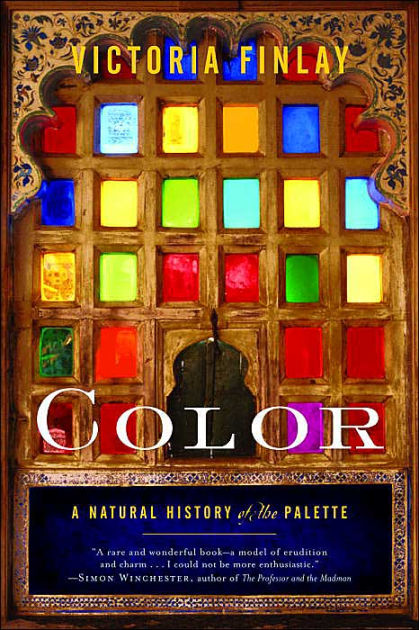
When you learn how to use color, it will reveal things you have never seen before. It can be intimidating, since there is a bit of science that supports all color theory, but one thing is for sure … after you learn how to use color, your photographs, and probably even your wardrobe, will never look the same.
Nature has a brilliant array of color embedded on every living thing, but artists were not initially able to create the colors they saw everyday. They would have loved to make iridescent blue violets of a butterfly wing or the splashes of orange you find on an Amazonian tree frog. But they could not figure out how to retain the intense colors from living things, once the thing died. The creation of the color palette we know today in computer programs is part of a long evolution that dates back to the days of stone temples and human sacrifices.

The evolution of color theory goes back to the time of the Greeks. It is a fascinating history that connects the lapis lazuli of Afghanistan with the rubies of Myanmar. Colors used for painting used to be very expensive. The history behind pigments was explored in Victoria Finlay’s book “Color: A Natural History of the Palette” and gives a good introduction to the history of how colors evolved.
Paint pigments were some of the most precious commodities on the planet. You can think of them as the “printer cartridge ink” of earlier centuries. They ranged from expensive to absurd in price and were not to be used carelessly. The colors of a 15th century painting reflected more than the scene the artist painting. The colors were a statement of a wealthy patron who could afford to spread a powder of semi-precious stones all over the walls.
As chemistry advanced in the 1800s, colors become more accessible and the nuances of their shades began to expand. But with choice comes responsibility. Artists of the 1800s moved away from the earth tones (muted yellows, oranges, reds) that dominated the earlier centuries and entered into the affordable and vibrant world of greens, blues, and violets.
Before you study color theory it is good to know who play major parts in its creation. It will save you a lot of time if you study the material from the biggest influencers. As you read through the list, what you will notice is that most of them are not artists at all, but scientists and philosophers and educators. The other interesting fact is that there has not been a single photographer, since the inception of the camera, that has made a major contribution to color theory. This is not to say that the advent of color film and digital sensors is not important, but the photography world has very little to say about how colors interact. The post production world, spearheaded mostly by the folks at Capture One and Adobe seem to have a very selective interest in helping you understand how color works. That is something that should be addressed at some point, but I will save that for another day.
Here are a list of highlights and references to get you started on your journey into the world of color:
Plato
424 BC–347 BC
Job: Philosopher
Leon Battista Alberti
1404–1472
Job: Painter and Architect
Sir Isaac Newton
1642–1726
Job: Scientist
Johan Wolfgang von Goethe
1749–1832
Job: Philosopher
Michel Eugene Chevreul
1786–1889
Job: Chemist
Frank Morley Fletcher
1866–1950
Job: Painter & Teacher
Josef Albers
1888–1976
Job: Painter: & Teacher
Myron Barnstone
1934–2016
Job: Painter & Teacher
Adam Marelli Workshops is a participant in the Amazon Services LLC Associates Program, an affiliate advertising program designed to provide a means for sites to earn advertising fees by advertising and linking to Amazon. Translated from legalese, this means I get a small percentage of the sale when you buy something from Amazon through one of the links on this site. I only recommend products that I have personally used and feel would be a useful resource for you. I’m not paid to endorse any products beyond the small commission from Amazon.